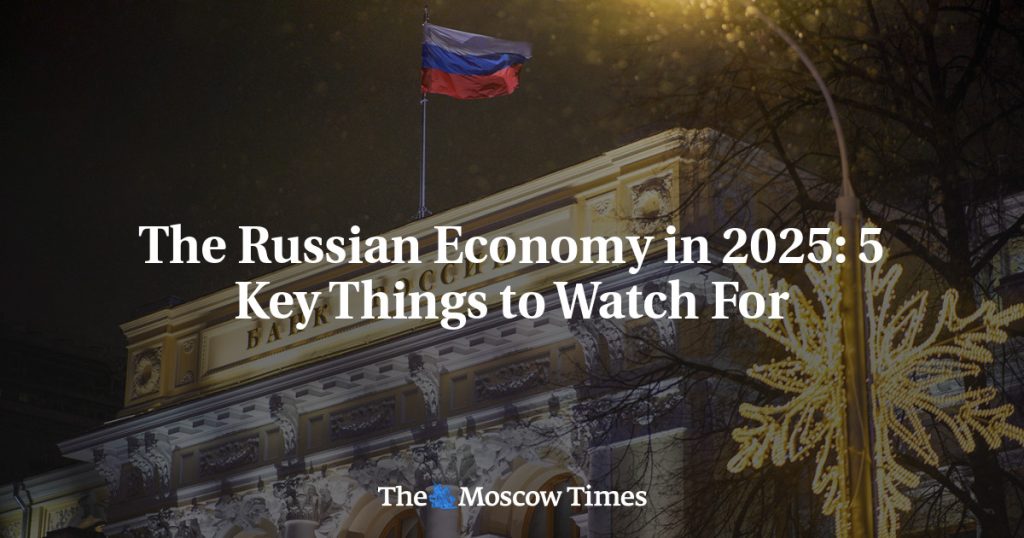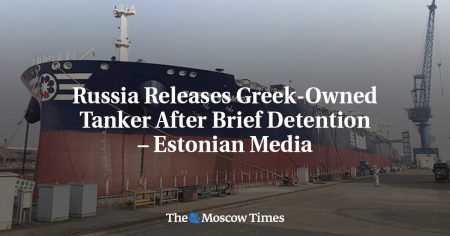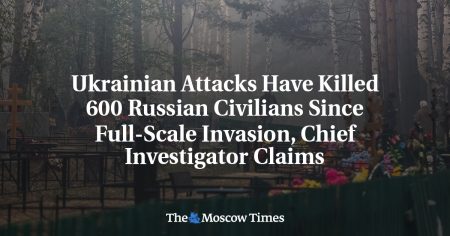In 2022, U.S. President Joe Biden predicted that Western sanctions were severely affecting the Russian economy, leading to a potential halving of its GDP. However, despite a contraction of 2.1% in 2022, Russia’s economy rebounded with a growth of 3.6% in 2023 and a projected growth of 3.8% in 2024. This unexpected resilience was attributed to pre-war reserves, stable revenue from oil and gas sales, and mitigation of the war’s impact on the civilian economy. Nonetheless, as these foundations erode after three years of conflict, Russia is facing significant economic dilemmas in the coming year.
Concerns about the Russian economy potentially slipping into recession have been raised due to runaway inflation and the impact of rising war expenditures. The Central Bank has implemented measures like raising interest rates and reducing government-subsidized loans to cool down economic demand and curb inflation. However, these actions may lead to a slowdown in economic growth and potential business failures that rely on credit. Economists predict varying outcomes, with some foreseeing a short recession if interest rates continue to rise, while others believe it may be necessary to tame inflation.
As Russia grapples with economic challenges, particularly in managing inflation and economic growth, the projected wage growth in the country is expected to decline significantly. The high wage growth experienced during the conflict period may come to an end due to limited resources for wage increases amid high interest rates. The Central Bank’s survey forecasts a decline in real wage growth from 8% in 2024 to 3.1% in 2025, impacting companies that may struggle to raise wages in line with inflation.
The prospect of a second round of forced mobilization in Russia poses additional challenges for the economy and labor market. With potential personnel shortages in the latter half of 2025, fueled by calls for a second mobilization to bolster military operations, the civilian economy may face increased pressure. The mobilization could exacerbate existing labor market constraints and potentially result in another wave of young people leaving the country, impacting economic growth and stability.
While Russia’s oil and gas revenues have served as stabilizing factors for the economy, concerns remain about declining revenues in 2025. Despite Western sanctions and market challenges, Russian revenues are expected to remain relatively stable. However, factors like moderate oil prices, potential discounts to buyers, and a reduction in gas exports due to transit issues may impact revenue levels. Overall, managing energy revenues will continue to be crucial for Russia’s economic stability in the coming year.
The depreciation of the Russian ruble against the dollar is another key concern for the economy in 2025. Factors like foreign currency shortages, sanctions pressure, stable imports, and uncertainty around oil prices contribute to the ruble’s weakening. Analysts predict a gradual devaluation of the ruble against the dollar, with forecasts ranging from 10-20%, highlighting the challenges faced by Russian companies in managing foreign currency earnings and exchange rates. Managing the ruble’s depreciation will be essential for maintaining economic stability amidst external pressures and sanctions.















